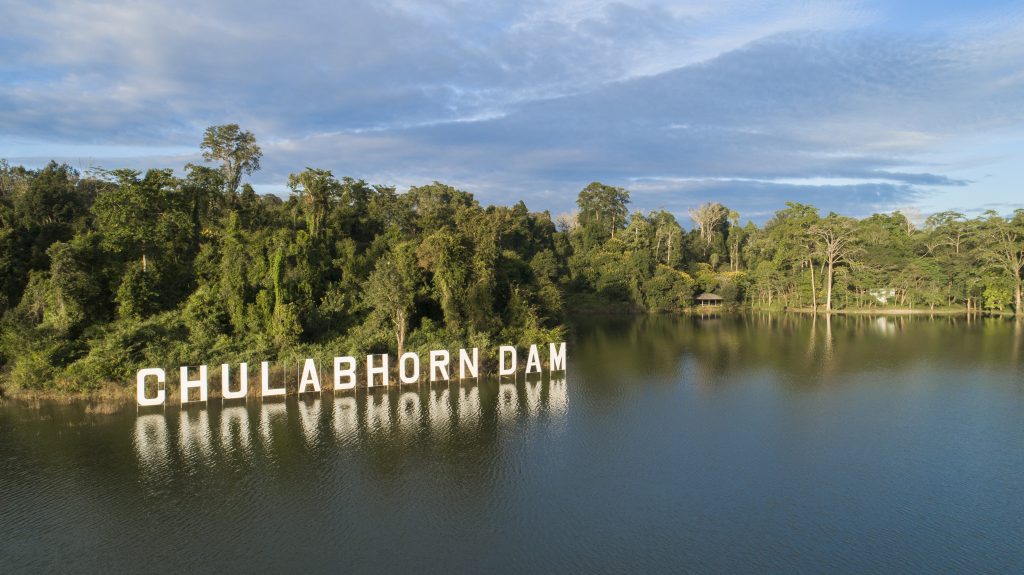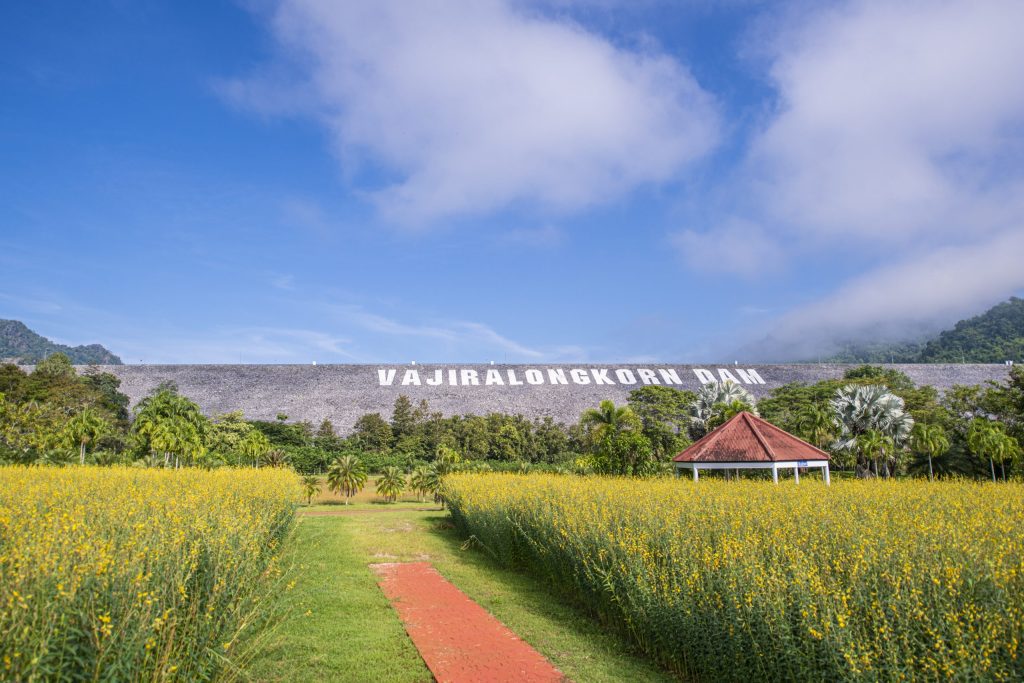
Thailand plans to build pumped storage hydropower plants at Chulabhorn Dam. (Photo: EGAT)
To mitigate the impact of intermittent wind and solar power generation, the Electricity Generating Authority of Thailand (EGAT) plans to invest 90 billion Thai baht (approximately 2.6 billion USD) in expanding pumped-storage hydropower plants at three dams.
These plants will use pumped storage hydropower technology, with a total estimated capacity of 2,472 MW. The first facility is expected to begin operation by 2034.
Reservoirs as large-scale batteries to fill supply gaps
The project with the fastest progress is at the Chulabhorn Dam in Chaiyaphum Province, where EGAT has already started a feasibility study. If the development goes smoothly, the facility will be operational by 2034, adding 801 MW of low-carbon electricity to Thailand’s grid.
Two additional hydropower plants will be built at the Vajiralongkorn Dam in Kanchanaburi and the Kathoon Dam in Nakhon Si Thammarat, with installed capacities of 897 MW and 780 MW, respectively. These plants are expected to start operations in 2036 and 2037.
Pumped storage hydropower technology has both water storage and power generation functions. Typically, it consists of two reservoirs—one at a higher elevation and the other at a lower elevation. When electricity demand is low, water is pumped from the lower reservoir to the upper one. When electricity demand spikes, water is released from the upper reservoir to the lower one, driving turbines to generate power.
EGAT Deputy Governor Tawatchai Sumranwanich explained that pumped storage hydropower does not produce carbon dioxide emissions, and the cost of generating electricity is relatively low, at around 2 Thai baht per kWh (approximately 0.058 USD).

Vajiralongkorn Dam in Kanchanaburi is expected to start operations in 2036. (Photo: EGAT)
Thailand plans to increase hydropower imports
According to data from the International Energy Agency (IEA), more than half of Thailand’s electricity comes from natural gas, accounting for 56%, followed by coal at 20%. Renewable energy contributes 18.3%, with biomass at 9.8% and hydropower at 3.7%.
In the draft National Power Development Plan (PDP 2024-2037), Thailand aims to increase its renewable energy share from 36% to 51%, with hydropower imports expected to make up 15% of the total. This would add 3,500 MW of hydropower capacity between 2035 and 2037.
However, experts from Thailand’s Climate Finance Network (CFNT) have raised concerns about the environmental and social impacts of hydropower. Additionally, they warn that climate change may reduce the capacity factor of hydropower plants, meaning their efficiency and output will decrease over time. As a result, they advise against excessive reliance on imported hydropower.
Source: Bangkok Post、IEA、CFNT


